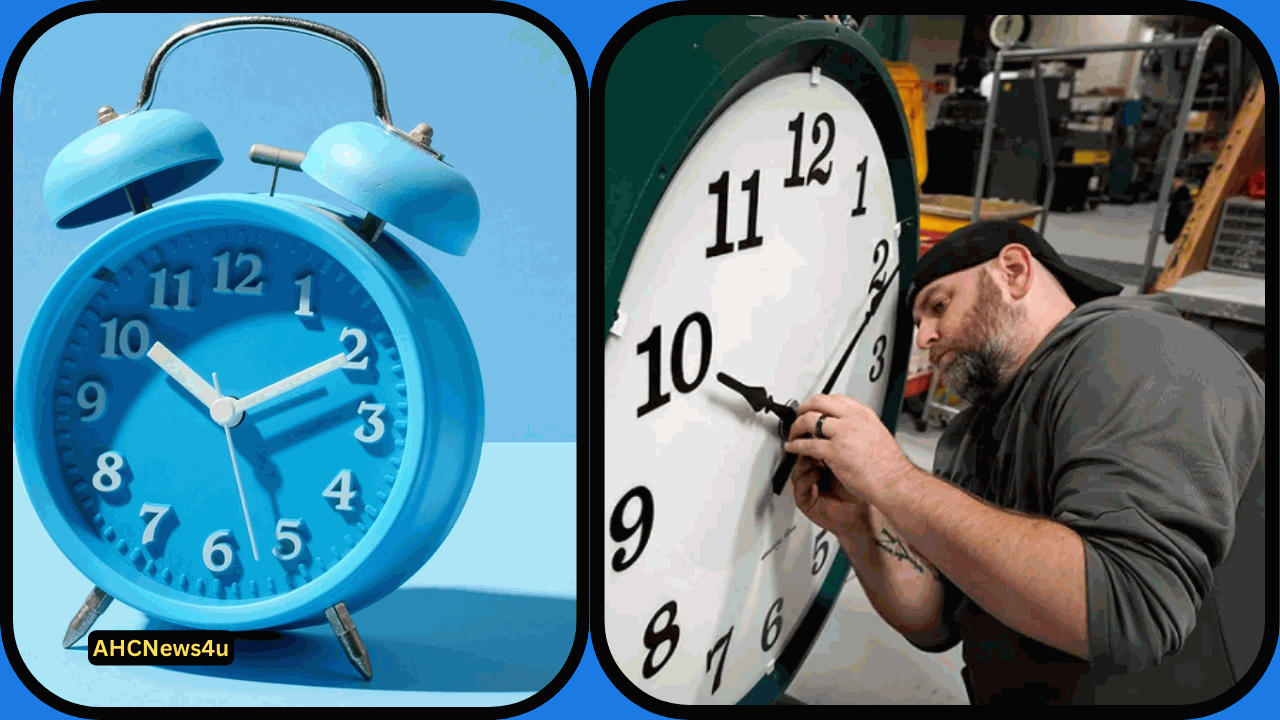When is Light Saving Time (DST)? A Manual for the Clock Change Problem
Sunlight saving time (DST) is a yearly practice where tickers are changed forward one hour in the spring and back one hour in the fall. This control of time plans to amplify light hours throughout the late spring months, possibly prompting expanded night relaxation investment reserve funds. Nonetheless, the topic of “When is sunlight saving time” sparkles disarray and discussion consistently.
The Feared Clock Change: When Does Sunshine Saving Time Happen?
In the US and the majority of Canada, DST kicks in on the second Sunday of Spring. Tickers spring forward one hour at 2:00 am, basically “losing” an hour of rest. The relief comes in the fall when DST closes on the primary Sunday of November. Tickers fall back one hour at 2:00 am, providing us with that additional hour of rest many individuals long for.
However, Pause, There’s Something Else! Special cases for the Light Saving Time Rule
Not all areas in the U.S. notice DST. Portions of Arizona and the Hawaiian Islands forever stick to standard time, staying away from the half-yearly clock changes. Furthermore, some U.S. domains, such as Puerto Rico and Guam, additionally don’t take part in DST.
Is Sunlight Saving Time Still Significant? The Discussion Warms Up
The act of DST has been around for north of a hundred years, yet its adequacy and need are progressively addressed. Defenders contend that more drawn-out sunshine hours in the night support open-air exercises, possibly helping the travel industry and financial movement. Moreover, a few examinations propose a relationship between DST and decreased crime percentages in the night because of expanded perceivability.
Notwithstanding, pundits bring up that the underlying avocation – energy protection – may be obsolete. Current lighting and machines essentially diminish the effect of sunshine hours on by and large energy utilization. Moreover, disturbing rest designs two times every year can adversely influence general well-being. The research proposes that time change can prompt transient rest unsettling influences, the expanded hazard of cardiovascular failures and strokes, and, surprisingly, occasional discouragement.
Often Posed Inquiries About Light Saving Time (FAQs):
When will light-saving time end in 2024?
Sunshine saving time in the U.S. will end on the main Sunday of November 2024, which falls on November 3.
Will sunlight-saving time at any point be abrogated?
A few states have investigated regulations to quit DST, featuring the provincial varieties in inclination. In any case, there’s no public agreement on abrogating DST yet. Proceeded with research on its well-being and monetary effects will probably impact future choices.
How might I plan for the change to sunlight-saving time?
Changing your rest plan step by step in the days paving the way to the switch can assist with limiting rest disturbance. Furthermore, guaranteeing legitimate rest cleanliness – a reliable rest plan, a loosening up sleep schedule, and a dim, cool dozing climate – can be helpful consistently, paying little mind to DST.
How does sunlight saving time influence travel?
Going inside the U.S. during DST shouldn’t cause significant issues. In any case, voyaging globally, especially between nations or locales with various DST rehearses, could call for transitory time acclimations to stay away from disarray.
Where might I at any point find more data about light saving time?
The Public Rest Establishment and the U.S. Branch of Transportation offer assets on the science and history of DST, as well as movement tips during DST advances.
The Fate of Sunshine Saving Time
The choice about whether to go on with DST stays an open inquiry. As the discussion, comprehends “when is light saving time” goes past knowing the dates. It’s tied in with recognizing the likely advantages and disadvantages of this training, and at last concluding what turns out best for general well-being, monetary contemplations, and individual prosperity.


[…] winger endorsed by Manchester Joined with many exhibitions in 2021, and stays on the outskirts of the principal group. Notwithstanding blazes of splendor, his way to a normal beginning job at Old Trafford appears to be […]
[…] relationship has forever been covered in mystery. They were first sincerely connected in late 2017 and have kept their sentiment to a great extent out of the public eye. Regardless of the protection, their association […]